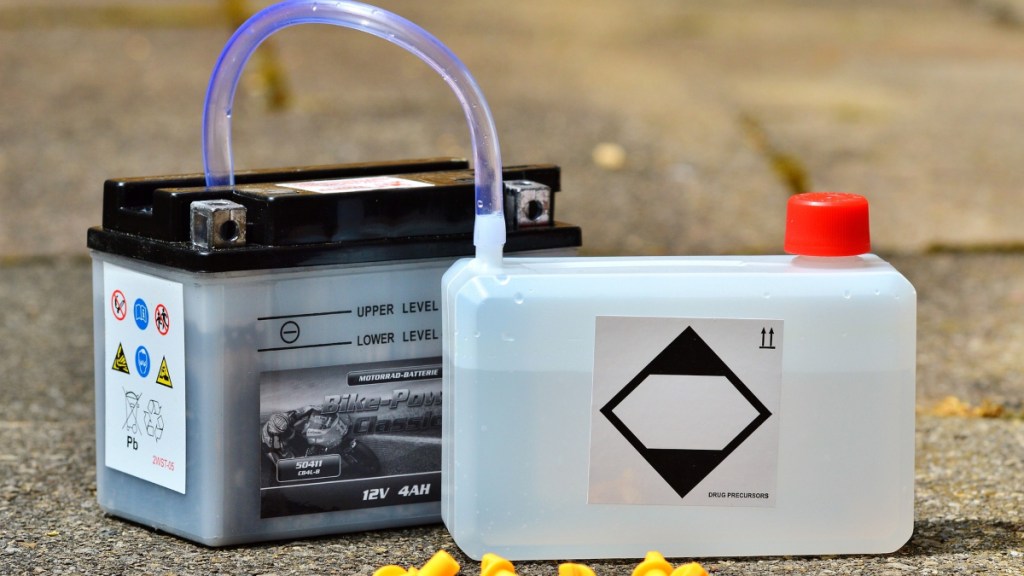By Samrath Kochar
India has a well-established market for lead-acid batteries, which lays a solid foundation for the expansion of the domestic battery sector. However, with a significant reliance on imported battery cells, there is a crucial need to develop a robust domestic battery manufacturing ecosystem. Establishing this ecosystem requires supportive policy frameworks and targeted incentives to stimulate innovation and industry growth.
The country’s transition toward electric vehicles (EVs) is reshaping India’s transportation landscape, positioning it as a leader in sustainable mobility. The EV market is projected to grow at a compound annual growth rate (CAGR) of 36% until 2026, driven by advancements in EV models, battery technology, and charging infrastructure. New battery chemistries, such as Lithium-Iron Phosphate (LFP), are emerging as viable solutions tailored to India’s climate, while sodium-ion batteries, currently under research, offer future potential due to the abundance of sodium resources in the region. These advancements underline the need for strategic support to ensure a resilient and sustainable battery supply chain.
As India increasingly adopts electric mobility and renewable energy solutions, the demand for reliable, cost-effective battery technology is intensifying. Batteries play a critical role in the proliferation of electric vehicles, energy backup systems, and renewable energy storage. Strategic subsidies focused on the B2B sector could be a pivotal driver of growth, helping to alleviate high initial costs and fostering wider battery adoption.
Also read: Batteries: The future of energy transition
Growth Opportunities from Battery Subsidies
1. Reduced Operational Costs: Subsidies can significantly decrease battery costs, optimizing operational expenses for businesses. For logistics and e-commerce firms, transitioning to battery-powered fleets can lead to a reduction in maintenance and fuel costs. According to the International Energy Agency, electric vehicles could lower fuel expenses by up to 60%, depending on operational conditions. This cost efficiency not only aids decarbonization efforts but also enhances overall profitability.
2. Renewable Energy Storage: Subsidizing battery storage for renewable energy applications can reduce reliance on the power grid and stabilize energy supplies. The Ministry of New and Renewable Energy (MNRE) highlights several benefits, including improved grid stability, peak load management, and reduced carbon emissions. This makes energy storage solutions a valuable asset for industries with high energy demands.
3. Empowering MSMEs and Startups: Targeted subsidies can drive innovation and growth among MSMEs and startups, which often face financial barriers in adopting advanced battery technology. By reducing entry costs, subsidies can promote investments in battery storage and charging infrastructure, spurring innovation in areas such as logistics, material handling, and backup power systems. The MSME sector, contributing approximately 30% to India’s GDP, stands to benefit significantly from these incentives.
4. Enhanced Supply Chain and Distribution Efficiency: Reliable, subsidized battery solutions can empower logistics providers, cold-chain distributors, and warehousing operations to maintain stable energy supplies, particularly in areas with unreliable grid access. This minimizes operational risks, such as spoilage or delivery delays, enhancing the efficiency and reliability of supply chains.
5. Facilitating IoT and Automation in B2B Operations: Industries such as manufacturing, agriculture, and retail can use cost-effective battery solutions to implement IoT and automation technologies seamlessly. Reliable energy sources ensure continuous operation of sensors, smart devices, and automated systems, improving efficiency and service reliability. This integration can drive competitive advantages in productivity and service offerings.
6. Support for Rural and Semi-Urban Enterprises: Battery subsidies can also empower businesses in rural and semi-urban areas, enabling them to become more reliable partners for larger enterprises. Stable energy infrastructure allows these businesses to meet production and delivery commitments, promoting regional economic development and enhancing the overall B2B ecosystem.
Addressing Challenges for Effective Implementation
1. High Battery Costs: Advanced battery technologies, especially lithium-ion, remain expensive. Although mass production may lower costs over time, subsidies are necessary in the short term to facilitate broader adoption and market development.
2. Infrastructure and Technological Gap: India’s battery manufacturing capabilities are still in development. While initiatives like the Production-Linked Incentive (PLI) scheme aim to boost local manufacturing, the supply chain is currently dependent on imports. Effective subsidies must be paired with efforts to strengthen domestic production capabilities.
3. Complexity in Subsidy Frameworks: The existing subsidy frameworks are often cumbersome, limiting their reach and effectiveness. Streamlining these processes with clear, transparent guidelines is essential to maximize the impact of subsidies, especially for the B2B sector. Simplified digital platforms for subsidy applications can improve accessibility and efficiency.
Strategic Recommendations for Impactful Subsidies
To maximize the benefits of battery subsidies, India needs a targeted approach prioritizing sectors with the highest potential impact, such as logistics, renewable energy, and rural industries. Simplifying subsidy access and ensuring transparency can foster broader participation, particularly from MSMEs. Additionally, integrating subsidies with domestic manufacturing initiatives can create a self-sustaining ecosystem and reduce dependency on imports.
Subsidies for battery adoption are a critical enabler for accelerating B2B growth in India’s evolving energy landscape. By addressing cost and access barriers, improving local manufacturing, and fostering innovation, battery subsidies can support a wide array of sectors and contribute significantly to India’s transition to a sustainable energy future.
(The author is the founder and CEO of Trontek. Views are the author’s own and not necessarily those of financialexpress.com.)



















